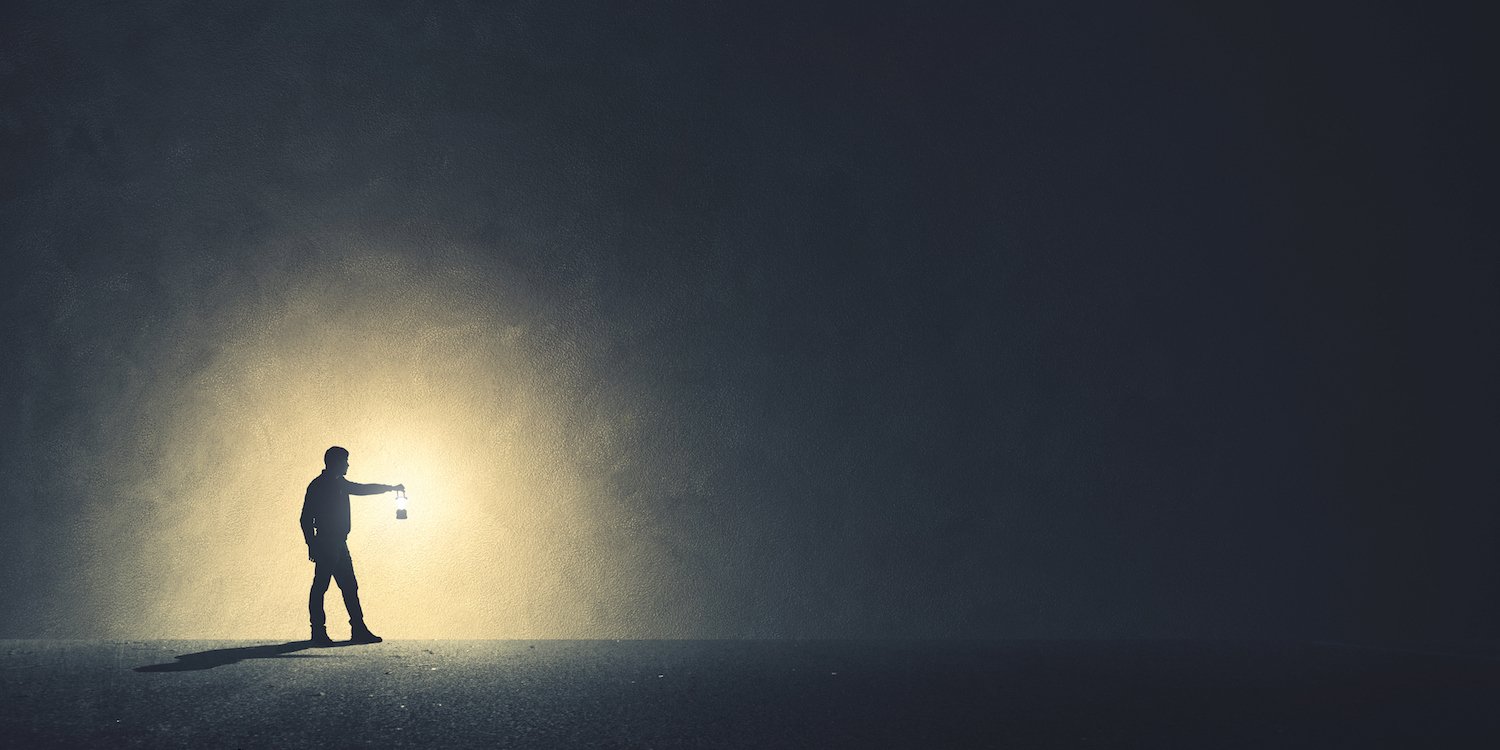I’ve been reading a fair bit about angels and demons recently. An excellent new book The Other World We Live is subtitled, A Catholic Vision of Angelic Reality. It’s a good primer written in a punchy, accessible style and outlines the reality and relevance of the angelic in the world today. I have also completed a ten module course on the deliverance ministry provided by Monsignor Stephen Rossetti- author of The Diary of an American Exorcist. The study of angels and demons is fascinating, but it can lead to an error in spiritual understanding called dualism.
Dualism is essentially the idea that the cosmos consists of two powers: the light and the dark and that these two powers are always at war with one another. Dualism is the spiritual philosophy you would come up with if you were making up your own religion. It seems obvious that there is good and evil, light and dark–two forces in opposition. Furthermore, dualism is a popular trend in contemporary culture. The Star Wars philosophy is dualistic. The hero can go with “the Dark Side” or not. Eastern religious philosophies tend toward dualism also and dualism is the assumption lying beneath most New Age religions and philosophies.
Dualism has also influenced the development of Catholic spirituality. In the second and third centuries one of the most popular religious philosophies in the ancient world was Manicheanism. Manicheanism was the brainchild of a Persian teacher called Mani. Mani blended elements of Zoroastrianissm, Judaism and the then new Christianity. Manicheanism was dualistic and taught that physical matter was evil and through asceticism, self discipline and attaining higher knowledge one could release oneself from the chains of the material world and ascend to the realm of light. No doubt this influenced Christian monasticism which was developing at the same time in the heartland of Manicheanism–Syria, Egypt and the Middle East.
This is what prompted the extreme asceticism of the early Christian monks in the deserts of Egypt, the mountains of Greece and Ireland and elsewhere. So they lived in caves or on the top of pillars in the blazing desert sun. They retired to wilderness retreats and endured great feats of fasting and self denial.
The whiff of dualism within Christian spirituality is always with us. The temptation to put oneself (or too often other vulnerable devotees) through extremes of asceticism is the legacy of dualism in Christianity. The imposition of celibacy in the early church was also a trace of dualism. If the material world is evil then it follows that the pleasure one enjoys from the physical world is a sign of the physical realm’s wickedness. The pleasure derived from the natural world then becomes suspicious. What physical pleasure is greater than sexual satisfaction? Therefore becomes the greatest evil and lust the greatest temptation.
This gets tricky because all of the great spiritual teachers would agree that mastery of one’s physical desires is necessary for spiritual growth.
However, one always has to tiptoe through the minefield. The mines of Manicheanism are everywhere and the dangers of dualism always lurk.
The answer is not so much denial of physical pleasures, but the successful integration of the physical pleasures in life. This requires two elements: Detachment and Delegation.
Detachment and Delegation can be described as “loving all things according to their worth.” The self discipline required is not so much the discipline of denial (although denial is often necessary as a first step) as it is the self discipline of knowing what is the true value and worth of all things and putting them in proper relationship in one’s life.
All sin is disordered love. We love things inordinately. We love things in a distorted way or we love things without a relationship to their true worth. Proper asceticism seeks to re-establish the right order. So I fast not to deny food, but so that I may feast in the right and proper way with the right people at the right time. I live chastely not to deny the goodness of sexuality, but to enhance, magnify and live within the high sacrament of marriage and family life.
The spiritual and the material are not in opposition as dualism supposes. Instead the spiritual is infused in the material, and we only come to love the spiritual and dwell in the spiritual realm as we come to a deeper understanding of this intimate and complex interweaving of physical and spiritual.
So the angels, are not “out there” in the realm of light while we are trapped here in the realm of darkness. Instead they are here with us. The interplay between the physical and spiritual is much more like the dance of light and shadow than the opposition of light and darkness.
It is a good analogy for a shadow is the effect of light shining on something solid and real. The shadow may be frightening and threatening, but it is not real or solid. It disappears as soon as the light shines on it fully.
So St Paul says we are “children of the light” and we should shine as “stars in the heavens” in this world of shadows.







Leave A Comment
You must be logged in to post a comment.